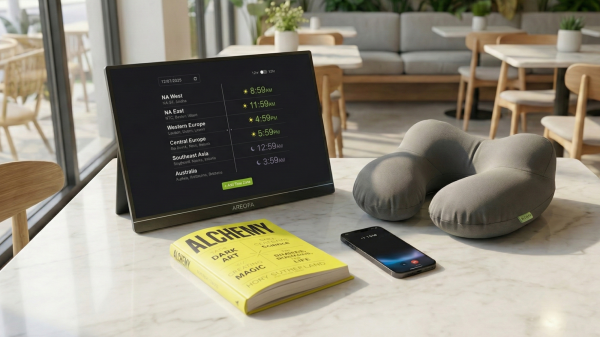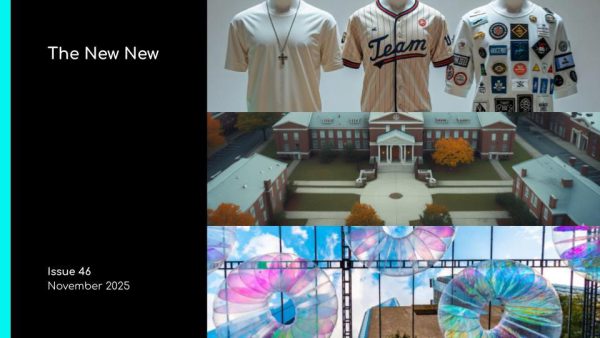Organs on Demand
Moving from animals to factories to humans, the end of transplant waiting lists is in sight.

Every year there are 130,000 organ transplants, which is far from enough. To address this problem, researchers, scientists, and entrepreneurs with phantasmagoric visions are making notable progress on our path to an unlimited supply of transplantable organs.
Two core approaches will bring us into this future.
Xenotransplantation moves organs and tissues from an animal source into a human recipient. A year ago, first-ever progress was made when a dying patient received a gene-edited pig heart. He lived another two months—and that should have been much longer.
Soon, organ engineering might not involve animals at all. From 3D-printing complex tissues to cultivating blob-like “organoids” from stem cells, researchers are aiming to grow custom organs in actual factories.
MIT Technology Review summed it up: “Whether they’re grown in animals or built inside manufacturing plants, an unlimited supply of organs could make transplantation more common, and give far more people access to replacement parts.”





